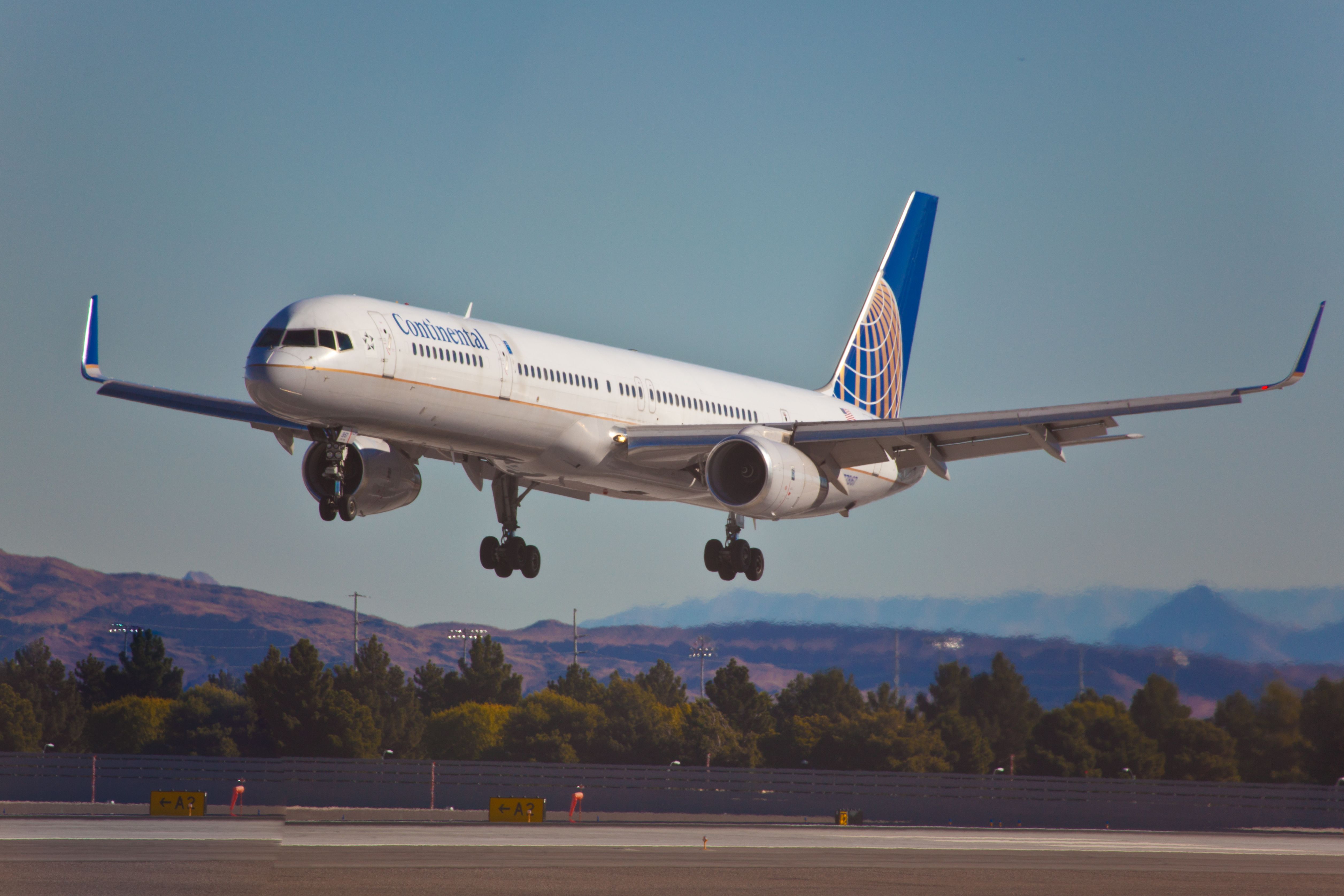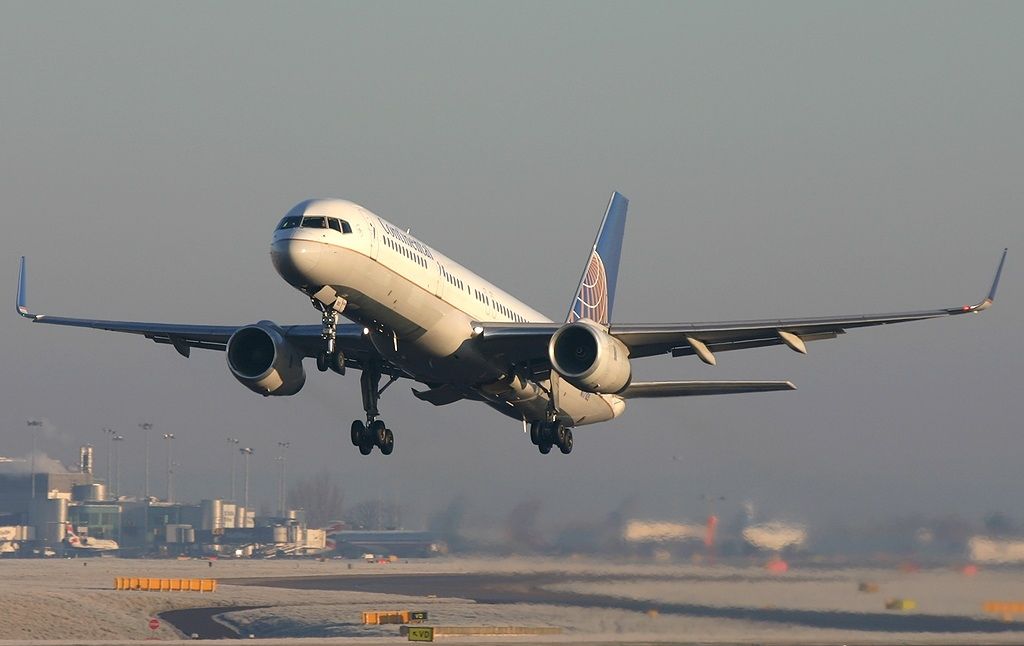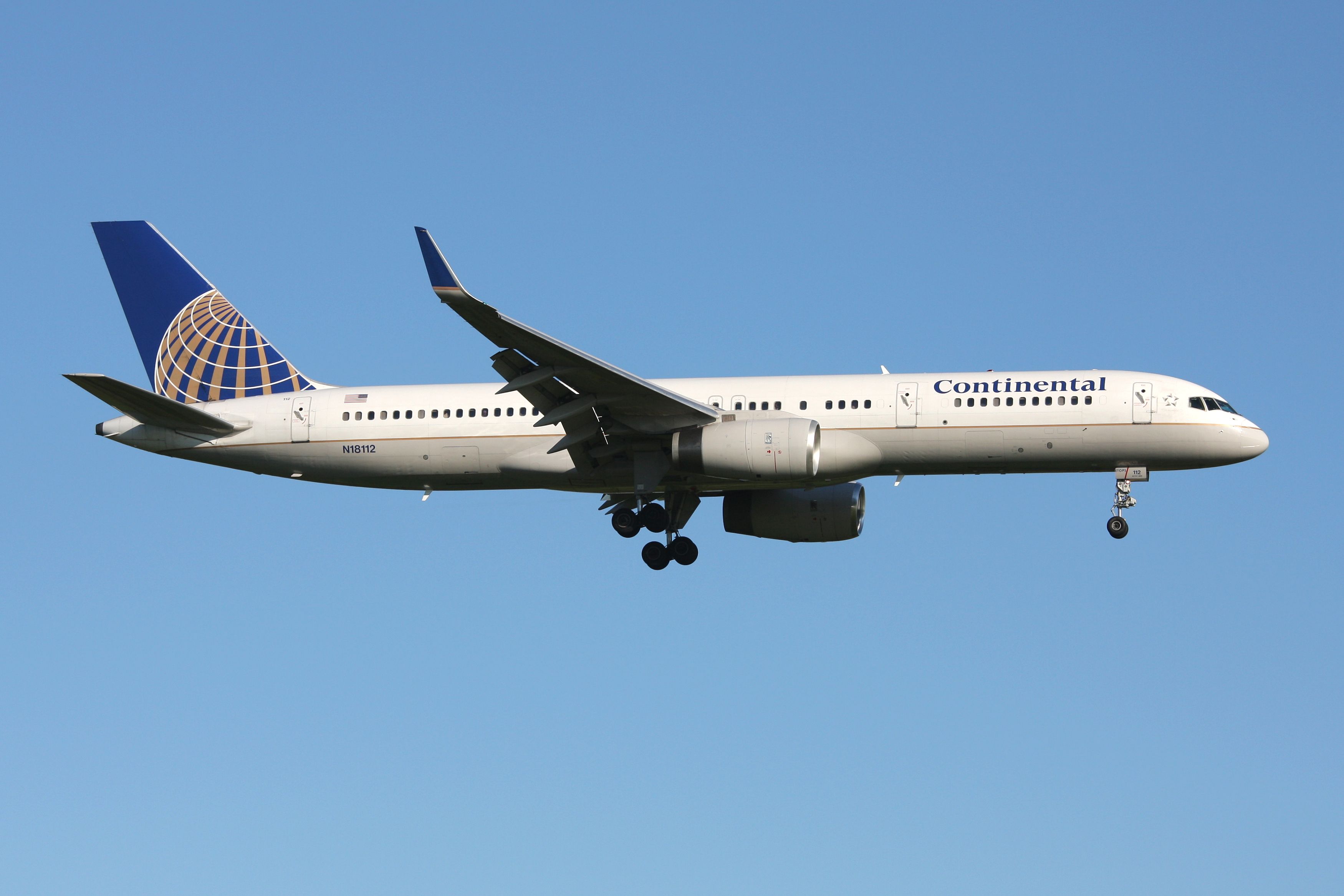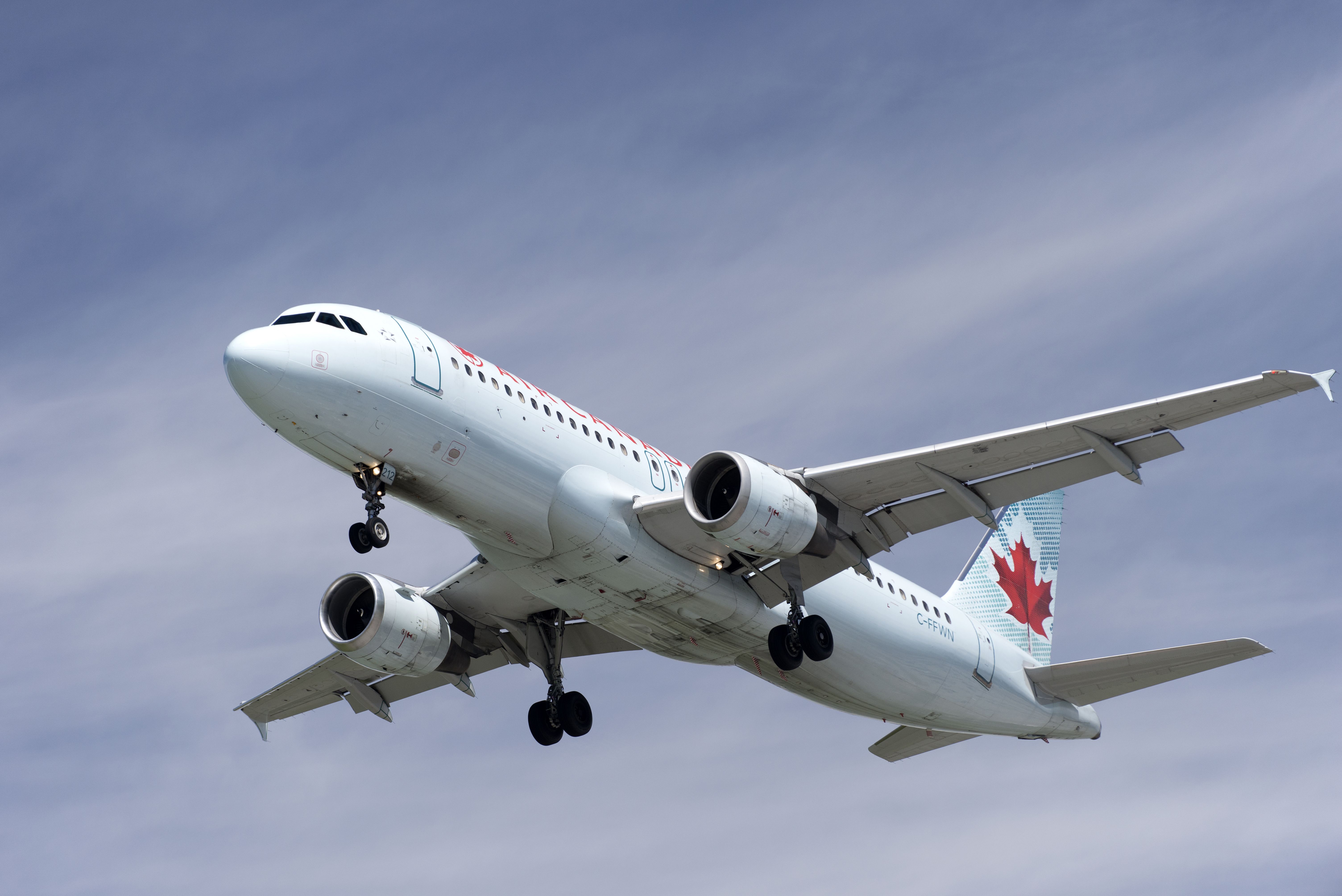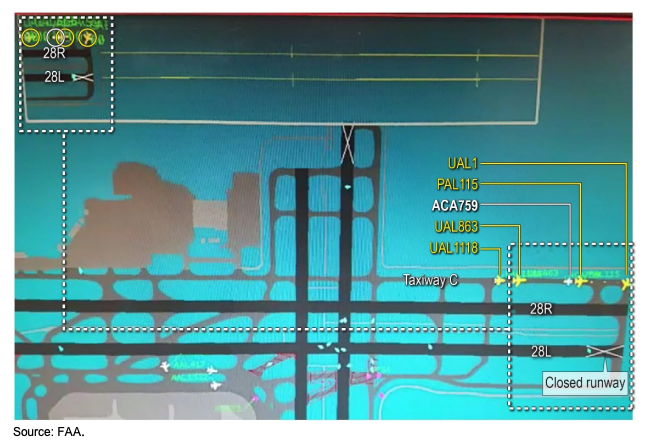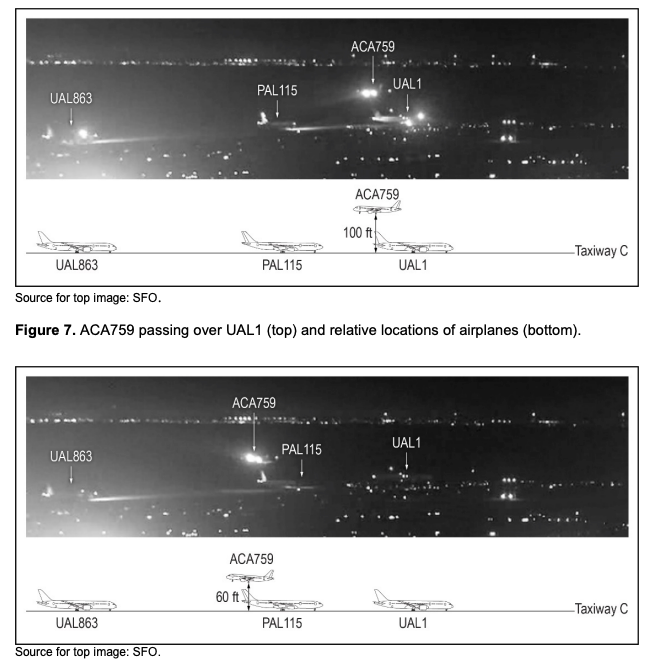Before its merger with United Airlines in 2010, Continental Airlines flew a scheduled passenger service between Orlando International Airport (MCO) and Newark Liberty International Airport (EWR). On October 28, 2006, the carrier was using a Boeing 757-200 aircraft to operate Flight 1883 on this route, with 148 passengers and six crew members onboard. However, its landing was rather unusual, as it ended up landing on the taxiway. Furthermore, there have been other cases when an aircraft almost mistakenly landed on a taxiway, which could have resulted in a major disaster in the United States.
What happened?
According to the NTSB report on the incident, as shared by Skybrary, a then 12-year-old Boeing 757-200 bearing the registration N17105 was responsible for operating Flight 1883 on the day in question. Its journey from Orlando to Newark took place in the late afternoon and early evening, with the unorthodox touchdown eventually taking place at 18:31 local time (UTC -4). But what led to this occurrence?
After an otherwise uneventful flight up the US East Coast from Orlando, the New York Approach Control had initially instructed the pilots of Flight 1883 to perform an Instrument Landing System (ILS) approach on runway 22L. As the aircraft descended below 8,000 feet (2,440 meters), the pilots were instructed to circle towards the west, followed by a low-altitude right turn to line up with runway 29 for landing.
Photo: Eliyahu Yosef Parypa | Shutterstock
The two pilots of the Boeing 757-200 followed these instructions, and upon taking the final right turn, they noticed that the Precision Approach Path Indicator (PAPI) was located to the left of Runway 29. That, in fact, was an incorrect determination as the pilots had mistakenly identified Taxiway Z as Runway 29. As it happened, this taxiway was located parallel to the runway that they were aiming for.
While continuing to approach, at approximately 300 ft (90 m), the aircraft flew through an intermittent rain cloud, resulting in a brief loss of visual contact with the ‘runway.’ The aircraft landed safely on Taxiway Z before the crew realized their mistake, and the ground controller at EWR guided the aircraft to the gate without further incident. All passengers and crew were safely deplaned without injury.
The investigation
Runway 29 at Newark Liberty International Airport is a 6,880-ft (2,100 m) asphalt runway with a width of 150 ft (46 m). The runway is equipped with high-intensity runway edge lights (HIRL), with light intensity levels ranging from 1 to 5 (brightest). At the time of the unexpected incident, the HIRL of Runway 29 was set to level 1, with both this system and the taxiway lights operating normally.
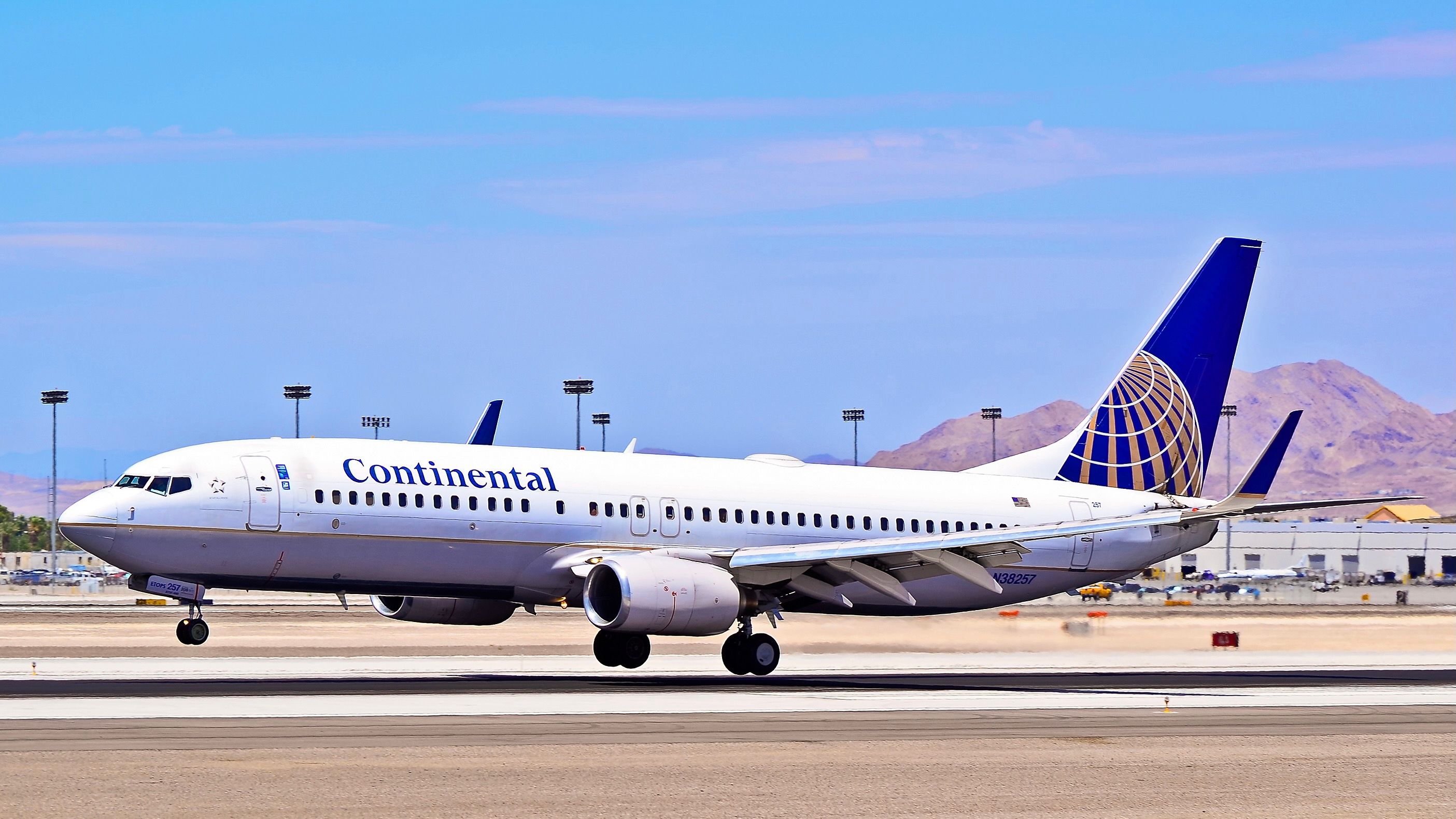
Related
History: Why Did Continental & United Airlines Agree To Merge?
Mergers were seen as a way to grow the network and save money.
Meanwhile, the parallel Taxiway Z is a concrete surface with a width of 75 ft (23 m). It is equipped with green centerline lights (CL), which also come with light intensity levels ranging from 1 to 5 (brightest). At the time of the incident, the CL of Taxiway Z was set to level 3. As part of the investigation into the incident, a research flight was taken around Newark Liberty International under similar conditions.
This revealed that Runway 29’s centerline lights (white) and Taxiway Z’s centerline lights (green) were completely lit and distinguishable at the time of the incident. However, the Taxiway Z centerline lights appeared brighter than the HIRL of Runway 29. Due to low visibility, the light intensity of Taxiway Z may have caused the pilots to mistakenly land at the taxiway, with the rain burst also causing problems.
Recommendations and aftermath
The Federal Aviation Administration (FAA) advised upgrading the navigational guidance for both the north and south arrivals while comprehensively using the available airspace over EWR. Additionally, a greater difference between runway and taxiway light intensities was implemented to avoid similar confusion reoccurring.
Photo: Bjoern Wylezich | Shutterstock
Specifically, the HIRL on Runway 29 was increased to a level 3 intensity. Meanwhile, the CL on Taxiway Z was reduced to a level 2 intensity. The new settings ultimately allowed incoming pilots to better distinguish between the runway lights and the taxiway, particularly in low-visibility conditions.
More than 17 years later, the same Boeing 757-200 involved in the incident (N17105) remains in service with United Airlines today. According to data from ch-aviation, it is now 29.4 years old and has 176 seats onboard. It has racked up more than 105,000 flight hours (FH) in almost three decades of service, which has increased to 107,458 FH as of February 29, 2024.
Air Canada flight AC759
However, there have been other occurrences where an aircraft has or almost has mistakenly landed on a taxiway. The most high-profile incident was when an Air Canada Airbus A320, registered as C-FKCK, which had exited the airline’s fleet in April 2020, initiated a go-around at the last second at San Francisco International Airport (SFO). The aircraft was operating Air Canada flight AC759.
Photo: Josef Hanus | Shutterstock
The incident happened on July 7, 2017, with the NTSB publishing its final incident report on September 25, 2018. The investigators detailed that while the Air Canada aircraft was cleared to land on runway 28R at SFO, it lined up on the parallel taxiway C. Four aircraft were present on the taxiway:
|
Airline |
flight code |
Aircraft type and registration |
|
Philippine Airlines |
PR115 |
Airbus A340-300, RP-C3441 |
|
United Airlines |
UA1 |
Boeing 787-9, N29961 |
|
United Airlines |
UA863 |
Boeing 787-9, N13954 |
|
United Airlines |
UA1118 |
Boeing 737-900ER, N62895 |
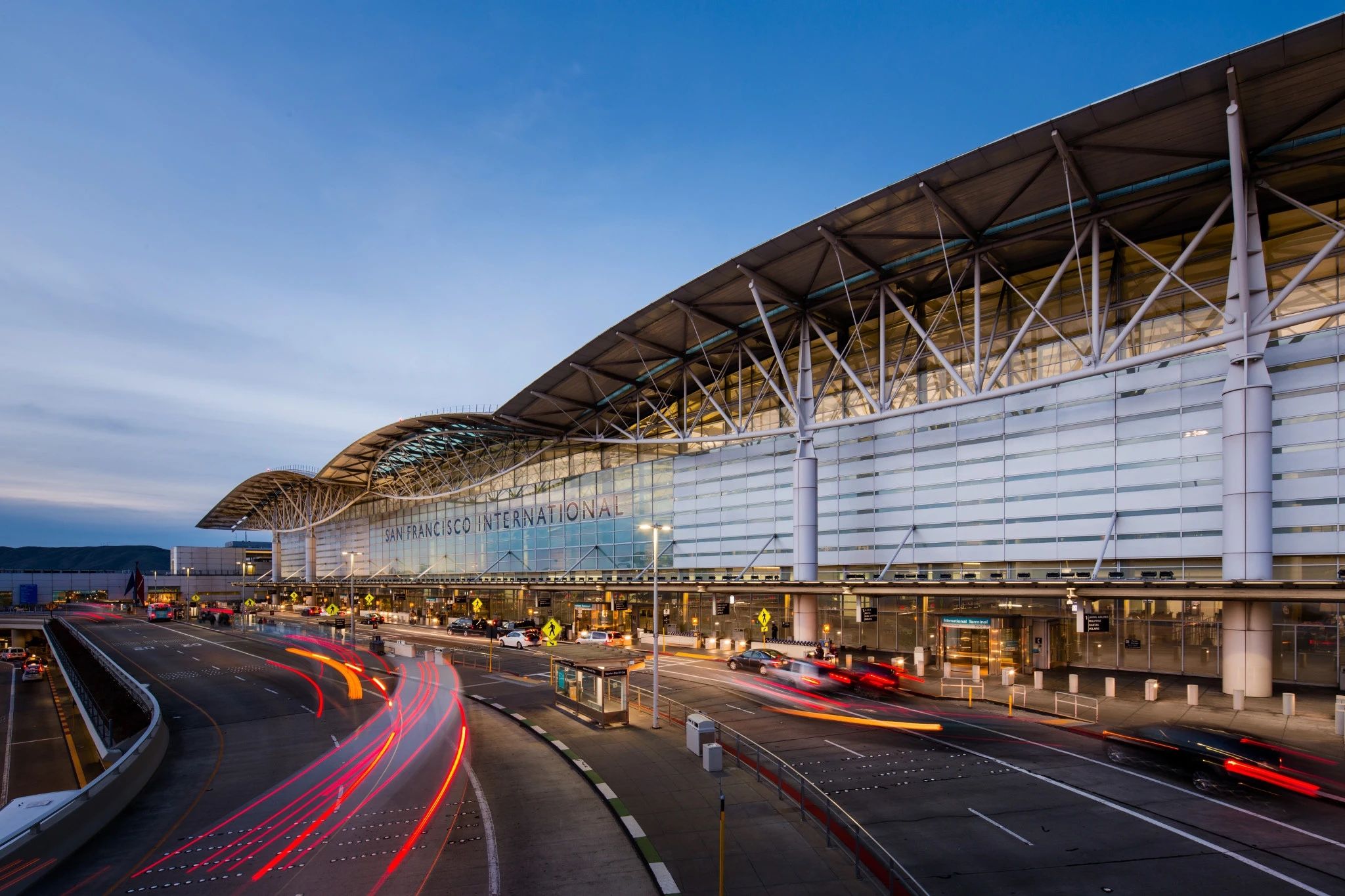
Related
When Were San Francisco International Airport’s Various Runways & Terminals Opened?
The airport’s facilities have evolved over 90 years to accommodate increasing air travel.
Minimal altitude of 60 feet
According to the summary of the incident, the Air Canada Airbus A320 descended to an altitude of 100 ft (30.48 m) above ground level (AGL), overflying the first aircraft lined up on the taxiway, which was the United Airlines Boeing 787-9, registered as N29961, operating flight UA1.
After the crew had initiated a go-around, it descended to its minimal altitude, 60 ft (18.2 m), overflying the second aircraft on taxiway C, which was the Philippine Airlines Airbus A340-300, registered as RP-C3441, operating flight PR115. The NTSB pointed out that even if the flight crew had recent experience flying to SFO during the night, the airport closed the parallel runway 28L on the night of the incident, which the pilots had an opportunity to learn about.
“The first opportunity occurred before the flight when the crewmembers received the flight release, which included a notice to airmen (NOTAM) about the runway 28L closure.”
However, the first officer told the NTSB that he did not recall reviewing the specific NOTAM. The captain, pilot flying (PF), informed the investigators that he did see the NOTAM, yet his actions of aligning the aircraft with the taxiway instead of the runway demonstrated otherwise.
Photo: NTSB
The second opportunity was when the pilots reviewed the automatic terminal information system (ATIS), received via the aircraft’s communication addressing and reporting system (ACARS), which also included the related NOTAM. Once again, both pilots recalled that they had reviewed the ATIS information but could not remember the specific NOTAM.
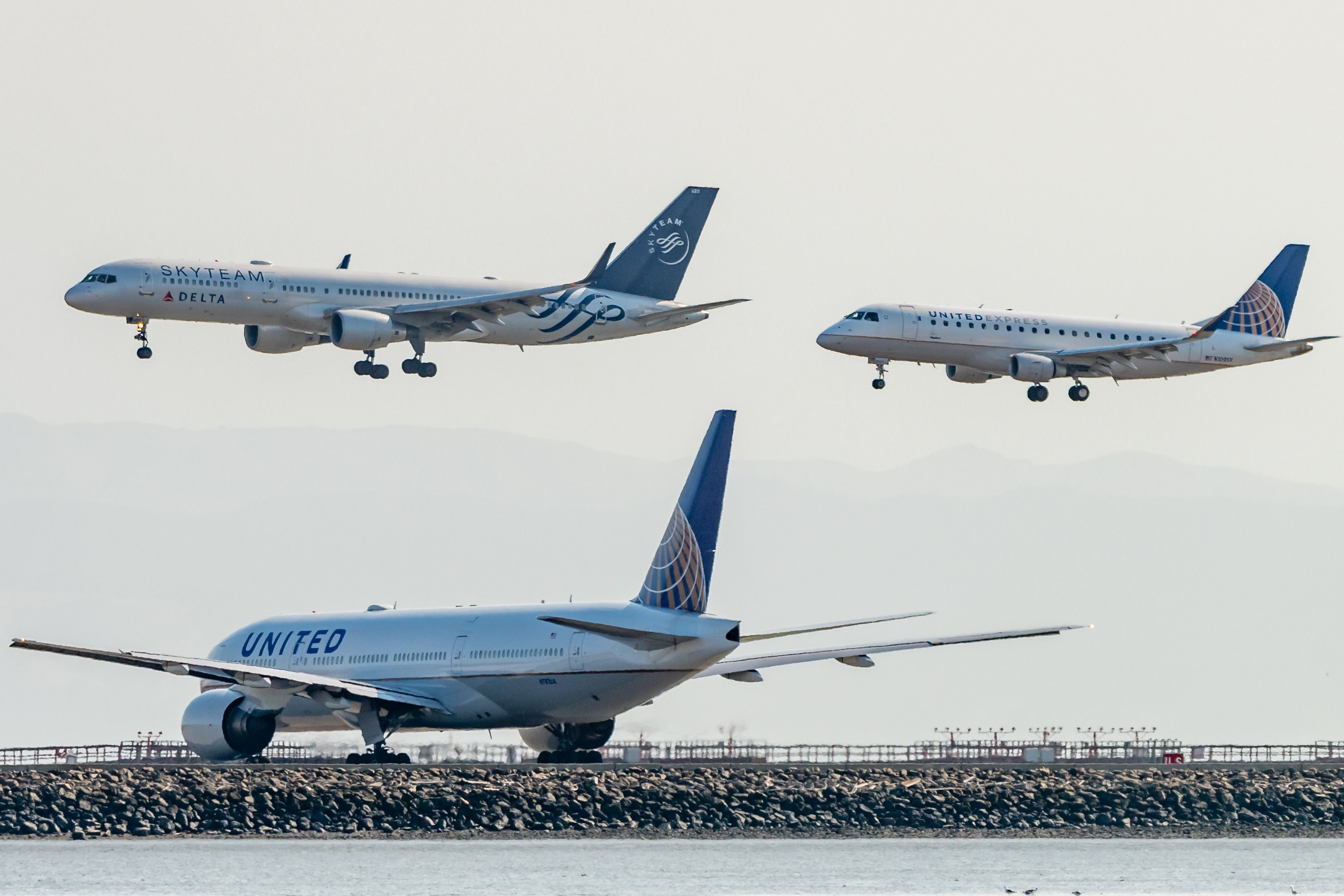
Related
Expect Delays: San Francisco’s Primary Runway Closes For 5 Months
It comes as the airport also faces a runway sinking crisis.
Fatigue impacting the flight crew
The PF told the NTSB that as the aircraft approached the airport, he thought that he saw the lights of runway 28L, thus resulting in the belief that runway 28R was runway 28L and that taxiway C was runway 28R.
|
Parallel runways at SFO |
|
Runway 28R/10L |
|
Runway 28L/10R |
|
Runway 1R/19L |
|
Runway 1L/19R |
Meanwhile, the first officer was busy programming the missed approach altitude and heading, in case the aircraft missed its approach and, per the captain’s instruction, was configuring the runway heading. This reduced the pilot monitoring’s (PM) ability to monitor the approach.
Photo: NTSB
Nevertheless, the PF asked the PM to contact air traffic control (ATC) to confirm that the runway was clear. While the controller affirmed that it was, the pilots were confused about the lights on the perceived runways, which were lights from the four aircraft on the taxiway.
“[…] at the time of the incident, the captain had been awake for more than 19 hours, and the first officer had been awake for more than 12 hours. Thus, the captain and the first officer were fatigued during the incident flight.”
In conclusion, the NTSB determined that the probable cause of the incident was the pilots’ misidentification of the runway, stemming from the pilots’ lack of awareness of the parallel runway closure, identified by the NOTAM. Contributing factors were the flight crew’s failure to tune the ILS frequency, expectation bias, fatigue, breakdowns in cockpit resource management (CRM), and Air Canada’s ineffective presentation of approach procedure and NOTAM information.
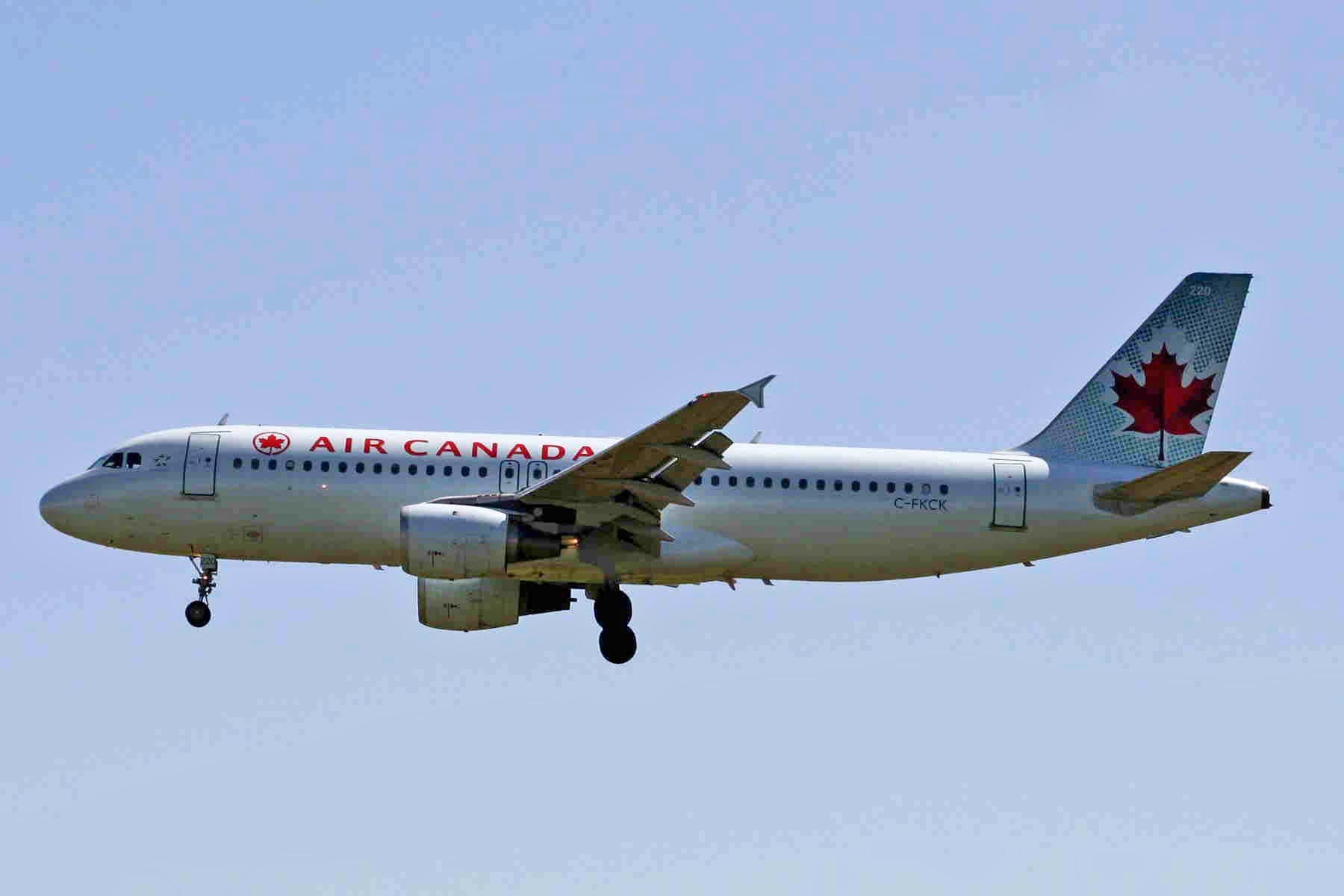
Related
Meters From Tragedy: Air Canada Flight 759’s Near Miss In 2017
What are your thoughts on this misidentification incident? Have you ever encountered a similar occurrence? Let us know your thoughts and experiences in the comments!


